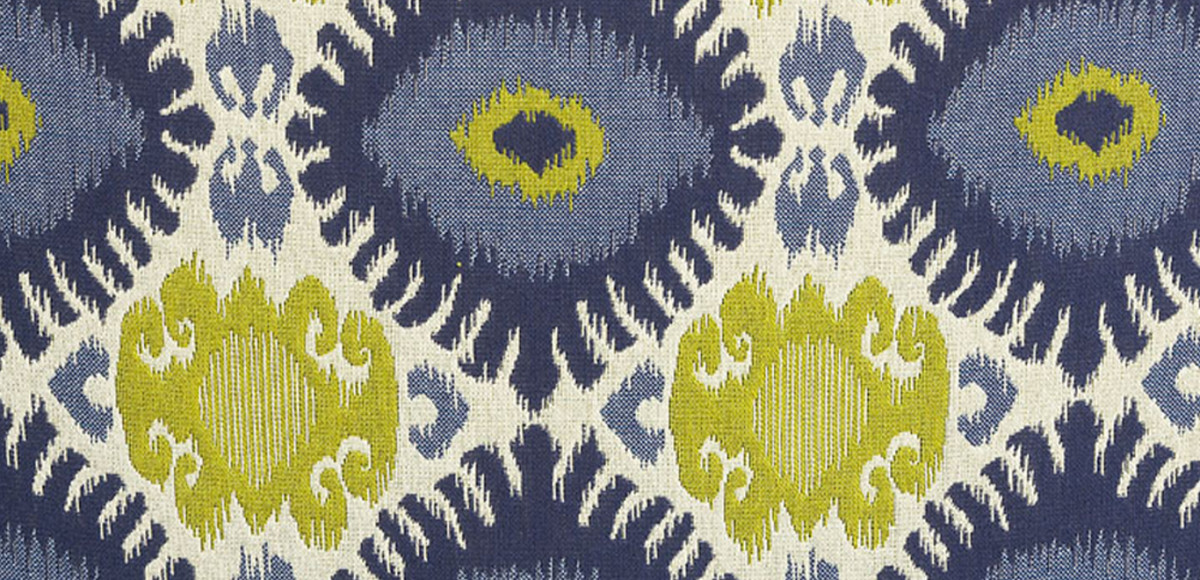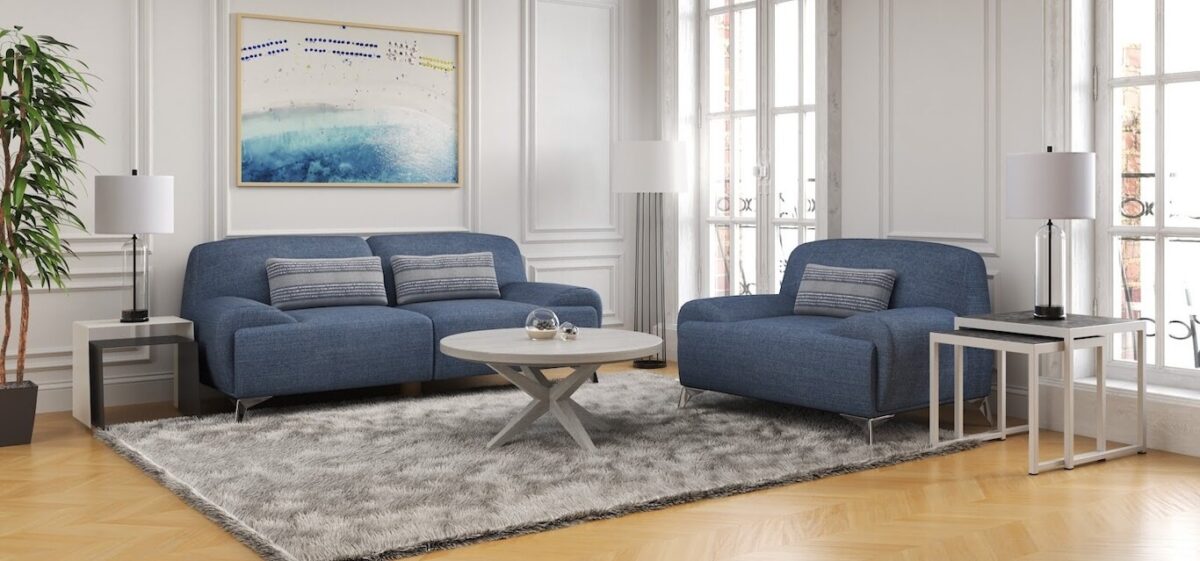By Dahna M. Chandler
Mixing and matching patterns might be among the hottest trends in home decor, but it has a long history as a regular part of residential design. “French Country design always has mixed and matched patterns in homes,” says Juliette Abeille, owner of Loverly Cottage in Lake Bluff, IL. The eco-friendly, sustainable reuse and restorations expert specializes in French Country design.
As in fashion, this design strategy is easy to learn, but mixing patterns attractively takes finesse. Here is how to combine patterns in furnishings and decor to create a cohesive look that reflects your personality and lifestyle.
Consider Your Goals for the Space
You have different needs for the various rooms in your home. You may want your bedroom to be a serene, restful space while your home office needs to inspire creativity and productivity. Before you start choosing patterns, you should know how you intend to use the room. Once you know, select patterns that create the right mood for the area’s function.
“Your home is your sanctuary,” says Abeille. “It’s the place where you want to feel comfortable, so the patterns you choose should reflect your needs and lifestyle.”
Evaluate Current Furnishings and Finishes
What patterns already exist in the space where you’ll be combining those new patterns? Do you have a sofa with large-scale florals or striped seat covers containing two or three colors? What textures are in the room? Is there patterned wallpaper or two-toned carpeting? What are you considering adding or removing? It’s important to answer these and similar questions as you decide what patterns you’ll incorporate into those rooms.
Also, consider the texture of the draperies and the styles and shapes of furniture and decor you currently own. That way, you match your new patterns with what’s already in the space. Some of those pieces will complement your intended design; others may not.
“Fabrics and styles go together,” explains Abeille. For example, she says, “You can combine mid-century modern with industrial style and get fabric that complements both.”
Finally, consider the adjoining space that the room opens up into so that the bold stripes in one room don’t clash with large florals in the next.
Don’t Focus Solely on Trendy Patterns
You want your patterns to outlast fads, which come and go. “If your house is too trendy, it will be out of style quickly,” states Abeille.
Instead, focus on colors, designs, scales, and textures that fit your personality, lifestyle, and home. “Choose something you can live with for a while,” Abeille suggests.
Keep in mind, too, that high-quality fabric can be expensive, especially if the pattern is hot at the time. When you’re decorating on a budget, you may want to hunt for past-season finds. They will look as fabulous as the current trend but won’t empty your savings.
“We’re all trendsetters,” says Abeille. “Those who maintain their identities and stick to their convictions pave the way for others, even with decor,” she adds.
Patterns Should Go But Not Match
This is a tricky concept to master. It feels safer to match patterns by color, style, or design elements. For example, making all the fabrics in the room the same floral pattern or identical striped design is risk-free decorating.
But, that’s not very exciting, so learning how to combine patterns so they “blend” and not just “match” can make spaces appear more elegant. Picking patterns with complementary colors but different shapes and scales typically works well. For example, pair a bold, black-and-white geometric design with a small polka dot in a favorite color.
Pick Three or More Patterns
Now that you know what considerations to make before shopping, here is how to choose your patterns. First, select a large-scale pattern with big design elements containing the colors you want most. Choose carefully; this pattern will make a bold statement in your space. An example is a floral pattern with giant blooms.
The second pattern should be half the scale but a different shape, such as a geometric or plaid, containing some of the same colors as the first. “A buffalo plaid and a floral could go well together,” explains Abeille.
The third can be similar to the first two and use two or three colors from those. Another smaller scale floral or a thin stripe can work. Adding a solid or very small-scale pattern like gingham as your fourth pattern is smart.
Finally, remember not to stress over the process. It’s easy to swap out fabrics and small decor pieces if you don’t love the end result. When you’re searching for furniture or other sizeable pieces to fit your vision for the room, consider shopping the high-quality selection at CORT Clearance Centers, where you can find tasteful, lightly used furniture at great prices.






